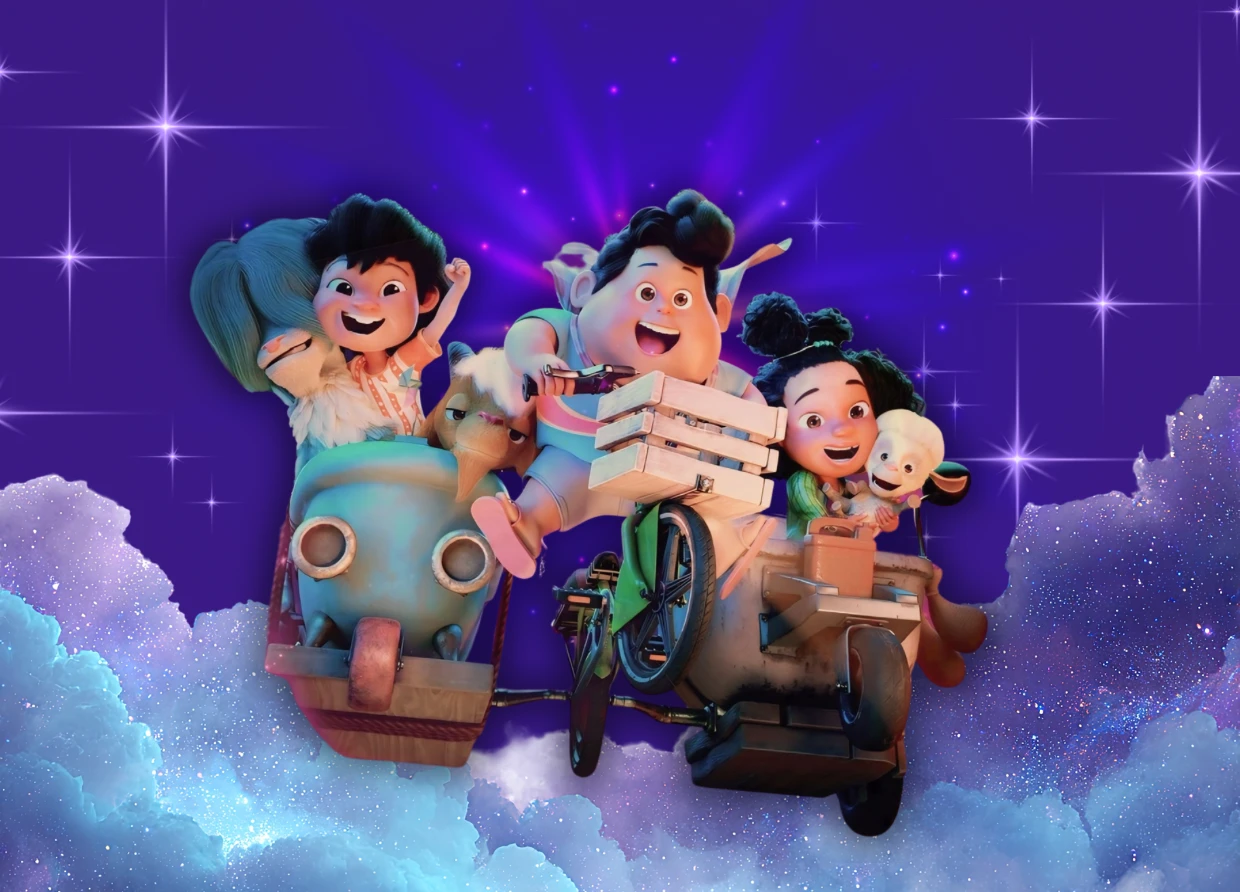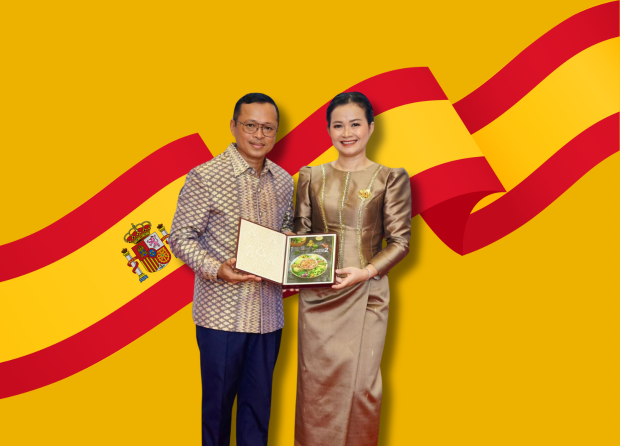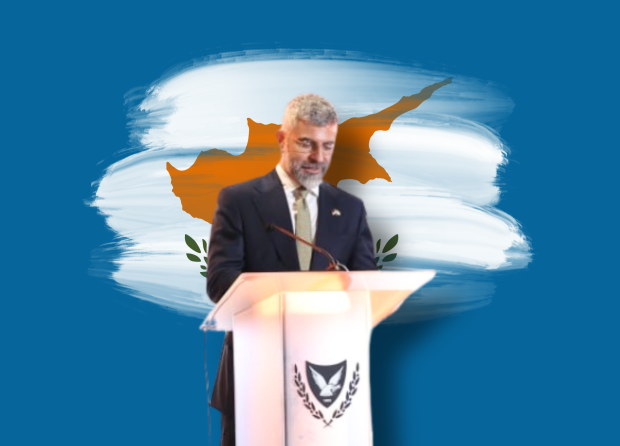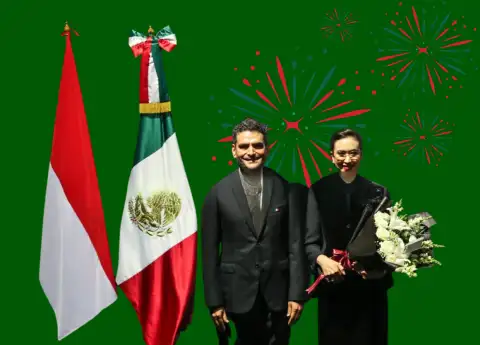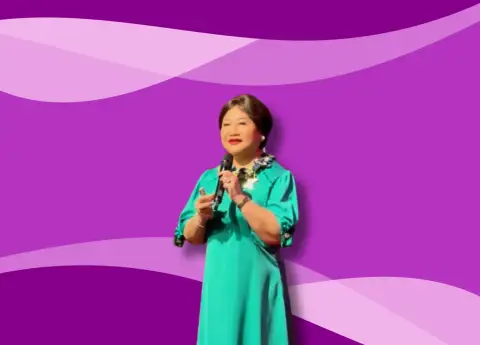THE SINGULARITY IS NEARER: RAY KURZWEIL'S VISION OF A TECHNOLOGICAL FUTURE
Navigating Ethical Frontiers and Technological Integration

In a world increasingly shaped by advancements in artificial intelligence (AI), Ray Kurzweil stands as a pioneering voice. Known for his bold predictions and seminal work in AI, Kurzweil's latest book, The Singularity Is Nearer, revisits and updates his visionary outlook on the intersection of human intelligence and machine capabilities.
Kurzweil, currently a principal researcher and AI visionary at Google, first gained widespread attention with his 2005 bestseller, The Singularity Is Near. This book posited that AI would reach human-level intelligence by 2029 and that by 2045, humanity would merge with machines in an event dubbed "the Singularity." Nearly two decades later, Kurzweil's predictions appear less like science fiction and more like a roadmap for the future.
"When I wrote The Singularity Is Near, AI was not yet a household term. Today, AI dominates global conversations," Kurzweil remarked in a recent interview. "It's time to reassess our progress and anticipate the breakthroughs still to come."
Central to Kurzweil's projections is the exponential growth of computing power, a trend he believes will drive advancements in AI. "We're doubling price-performance in computing every 15 months," he explained. "This growth will enhance AI's ability in contextual memory, common sense reasoning, and social interaction—areas where current deficiencies persist."
Kurzweil maintains that by 2029, AI will achieve human-level intelligence and even approach artificial general intelligence (AGI)—the ability to perform any intellectual task a human can, but better. "AGI is challenging, but achievable," he asserted. "Recent estimates, including Elon Musk's, suggest it could happen sooner than expected."
One of Kurzweil's more provocative ideas is the concept of the Singularity itself—a future where human and artificial intelligences merge seamlessly. "Imagine having the power of the cloud integrated into your brain," Kurzweil described. "Brain-computer interfaces, evolving into nanobots, will expand our intelligence exponentially by 2045."
However, Kurzweil is not blind to the risks posed by advanced AI. He addresses concerns about AI's potential for harm and advocates for responsible development. "We must monitor AI's progress and ensure it aligns with human values," he emphasized. "But dismissing AI outright ignores its profound potential benefits."
The book also explores AI's impact on jobs and societal dynamics. Kurzweil acknowledges the displacement of certain jobs but argues that new opportunities will emerge. "Universal basic income will likely become necessary to mitigate these disruptions," he suggested, highlighting the need for societal adaptation.
As for criticisms and ethical concerns surrounding AI—such as biased algorithms and misinformation—Kurzweil remains pragmatic. "These are challenges we must address through improved regulation and ethical guidelines," he acknowledged. "Progress is being made, but more work lies ahead."
Looking ahead, Kurzweil envisions a future where AI not only enhances human capabilities but also fundamentally alters what it means to be human. "It's not about humans versus AI," he concluded. "It's about integrating AI into ourselves to unlock new possibilities."
Kurzweil's provocative vision in "The Singularity Is Nearer" challenges readers to contemplate the transformative potential of AI, urging us to prepare for a future where boundaries between human and machine blur in unprecedented ways.
#THE S MEDIA #Media Milenial #Artificial Intelligence #AI Predictions #Ray Kurzweil #Technological Advancements #Future Technologies #Ethical Considerations #Human-Machine Integration #Computing Power #Singularity #Job Disruption

